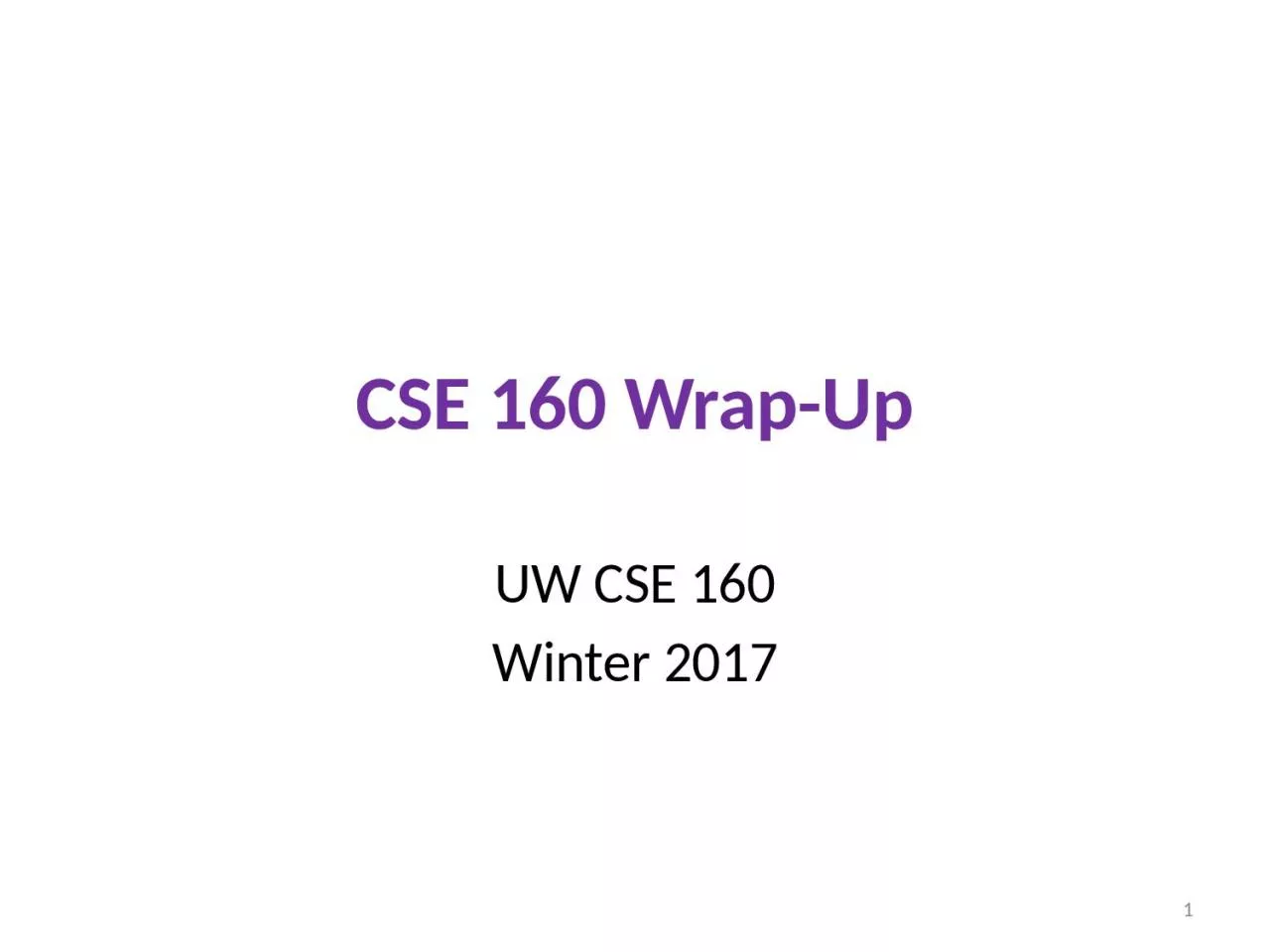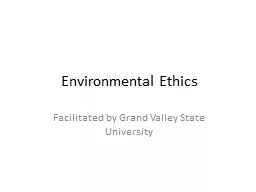PPT-CSE 160 Wrap-Up UW CSE 160
Author : williams | Published Date : 2024-01-03
Winter 2017 1 Presentations on Monday 230420pm Monday 313 No more than 5 slides including title slide Time limit to be announced Both partners should speak Slides
Presentation Embed Code
Download Presentation
Download Presentation The PPT/PDF document "CSE 160 Wrap-Up UW CSE 160" is the property of its rightful owner. Permission is granted to download and print the materials on this website for personal, non-commercial use only, and to display it on your personal computer provided you do not modify the materials and that you retain all copyright notices contained in the materials. By downloading content from our website, you accept the terms of this agreement.
CSE 160 Wrap-Up UW CSE 160: Transcript
Download Rules Of Document
"CSE 160 Wrap-Up UW CSE 160"The content belongs to its owner. You may download and print it for personal use, without modification, and keep all copyright notices. By downloading, you agree to these terms.
Related Documents














